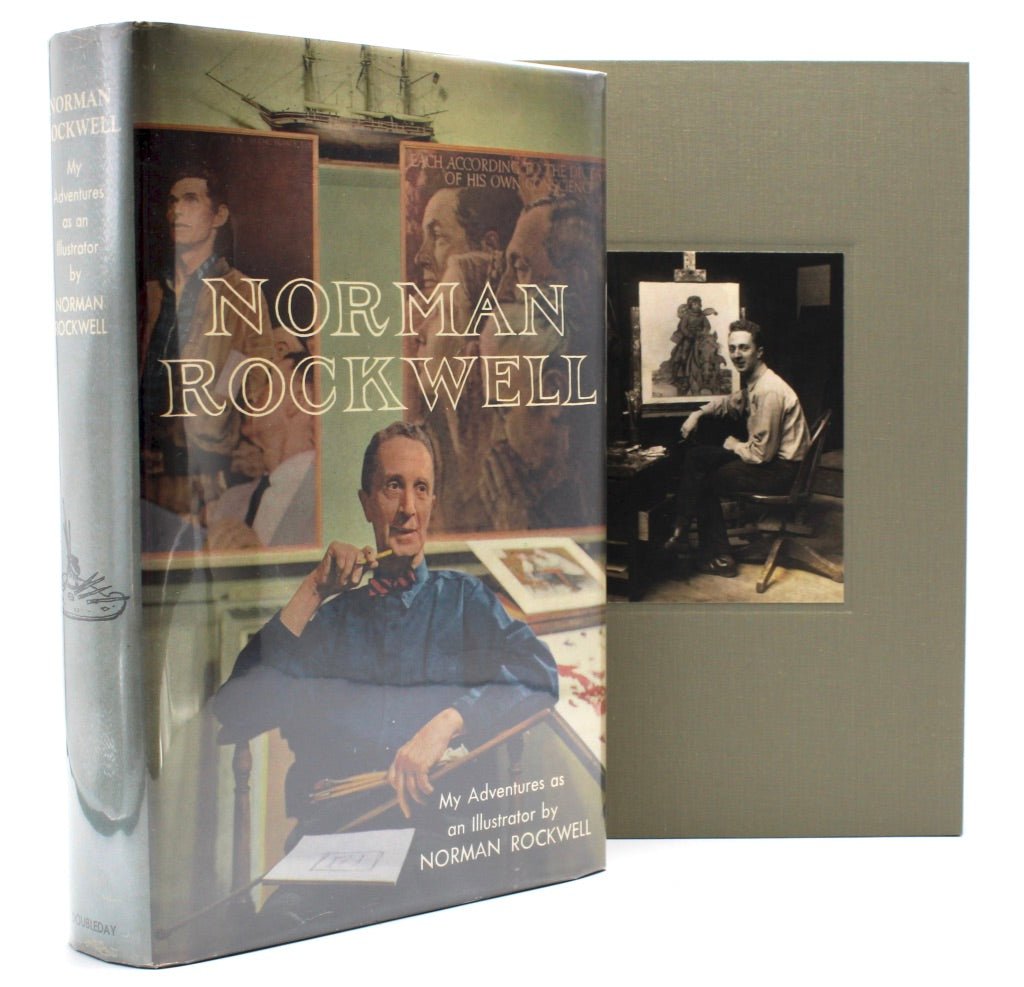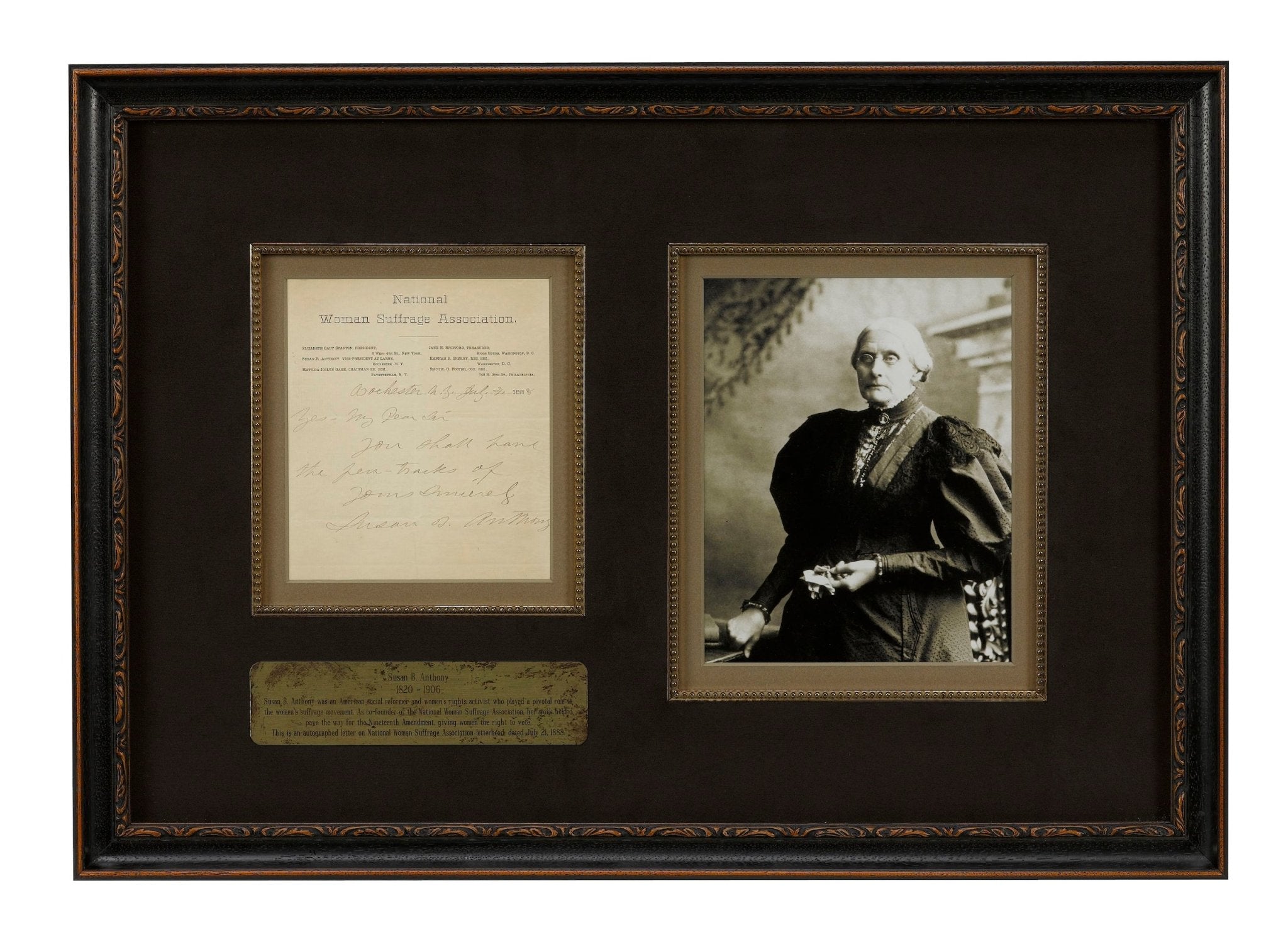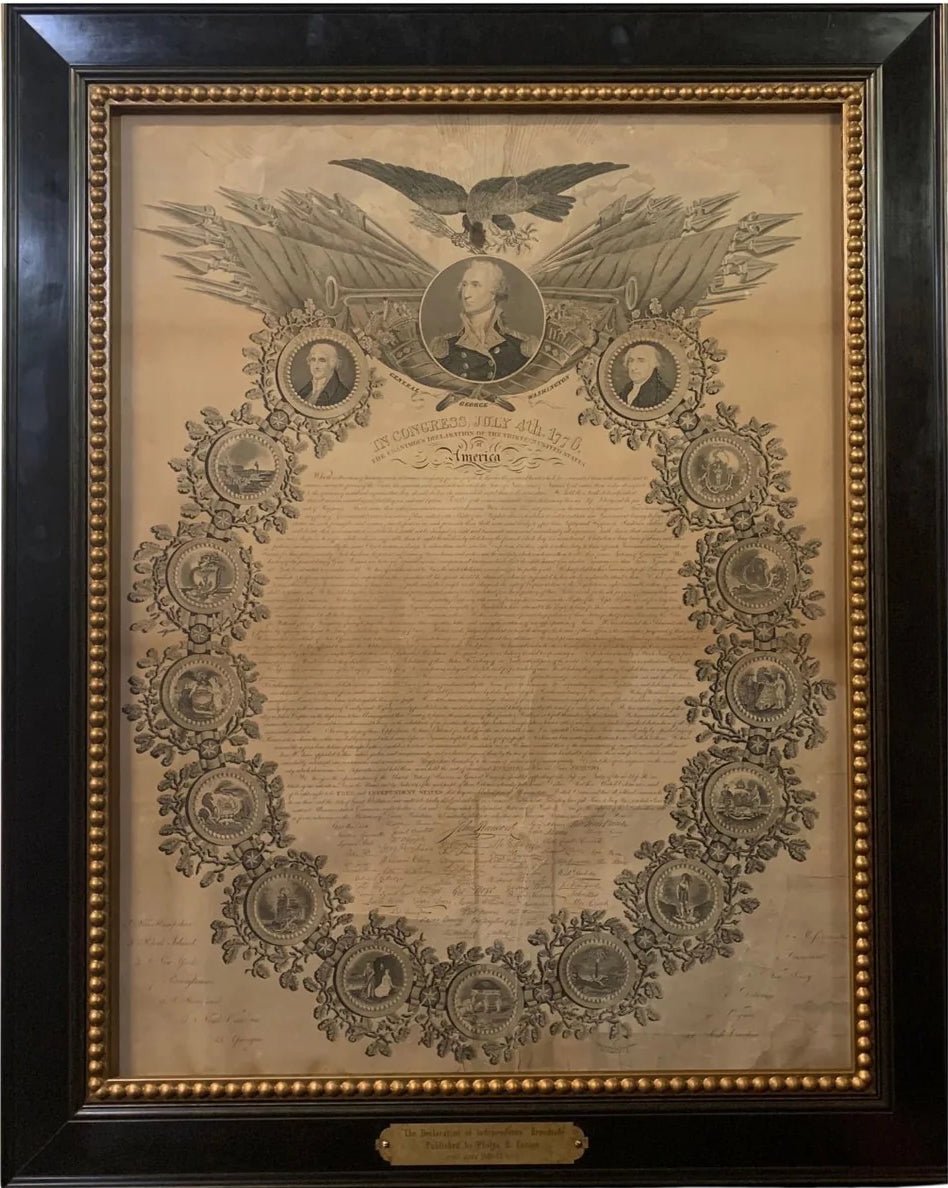What Are Engravings and How Are They Made?
Engravings were, and continue to be, a spectacular form of art. From prints, to maps, to documents, to books, engravings have been a way to keep memories alive and represent multiple aspects of our country’s history. The process of creating an engraving takes a highly skilled artisan who excels at precision, accuracy, and detail.
Most engravings from the 18th and 19th centuries were made using a copper or steel plate. First, the copper or steel plate would be covered with an etching “ground” to protect the plate’s surface. The ground was a mixture of wax and pitch called asphaltum, which was rubbed onto the surface then blackened with a candle flame. Then, using tracing paper, the artist would trace the image they were wanting to print, lay it face down on the plate and roll it through a printing press. By doing this, the pencil lines were transferred to the blackened surface of the plate. From here, using the pencil line transfer for reference, the artist would carve into the plate using a variety of steel needles with varying thickness to create grooves on the surface.
Once the engraving is finished, the plate is covered with a thin layer of ink. Using cloth or muslin, the ink is pressed into the groves of the plate and wiped away from the negative space. Dampened thick paper is laid on top of the ink-covered plate, then covered with a thick layer of soft material, such as a blanket or towel, to protect the plate and paper when going through the printing press. All items are then rolled through a printing press at the proper pressure to transfer the image from the inked plate to the paper. The paper is then left out to dry, typically laying between two absorbent materials, such as newsprint or towels, and applied with pressure so that the print dries with no crinkles.
Engravings allowed artists to focus on the details of a piece more than a lithograph could. This is seen in this Washington and His Generals engraving by A.H. Ritchie from 1870. Details such as those shown in the faces, clothing, and tabletop accessories can be more accurate through fine point needle markings made on a steel plate. Alexander H. Ritchie is one of the best historical printmakers of the mid-nineteenth century. Ritchie is particularly known for the clarity and richness of his engravings and this fine image is an excellent example of his work. This scene depicted is a historic re-creation of Washington’s farewell to his generals at Fraunces Tavern, in New York City. In the image, George Washington is shown surrounded by his generals. General Washington stands at the center of the congratulatory meeting, his noble pose accentuated by the sun streaming in from a window.

Many engravings were later hand colored like our example of “The Surrender of Cornwallis at Yorktown” printed by the Illman Brothers around 1870. The Illman Brothers were prolific nineteenth century engravers whose work dealt with historical subjects, as well as fashion. This historic print depicts the surrender of the British forces after the Battle of Yorktown. In the print, Major General O'Hara, substituting for General Cornwallis, is shown handing his sword to the Comte de Rochambeau, who is standing next to General Washington.
The engraving process was also popular with map making. Sometimes for larger wall maps, multiple copper plates were used to create sections of the map and then were all pieces together once dry. This 1844 Travellers’ Guide and Map of the United States by Phelps and Ensign is a great example. This fascinating wall map of the United States was issued in 1844, one year prior to Texas statehood. It is from a series of Travellers Guides that were issued by Phelps and Ensign from about 1838 until 1841, in both wall map and folding map form. The publishers, T. & E. H. Ensign, were involved for many years in the nineteenth century in issuing maps like these, usually in conjunction with others, including Phelps, Thayer, Bridgman and Fanning. This wall map is hand-colored and mounted on linen, presented with its original hanging hardware. The map is a steel engraving, engraved by the Brooklyn-based J. Wells.
Many manuscripts and documents were recreated using the engraving process as well. This is shown in our 1818 Declaration of Independence engraving done by Benjamin Owen Tyler, the first engraved broadside of our nation’s founding document. At the time of publication, the American populace was hungry for prints, paintings, and books that retold and celebrated their nation’s founding. Two publishers- Benjamin Owen Tyler and John Binns- created engraved copies of the Declaration, however in distinctively different styles. Binns was the first to announce his Declaration printing and was the first to collect subscriptions. However his printing took over three years to complete and he did not publish his engraving until 1819. In the meantime, Tyler funded, engraved, and even secured an endorsement for his Declaration printing from the then Secretary of State, Richard Rush. Benjamin Owen Tyler was a master, self-taught calligrapher and this broadside is a testament to his artistic skill and prowess. Tyler’s engraving of the Declaration was the first decorative print with facsimiles of the signatures based on the original manuscript. Although rigorously exact in his signature facsimiles, Tyler made no effort to match the handwriting in the body of the Declaration. Rather, Tyler used the text as an opportunity to showcase his craft, with selected key words and phrases, such as “life,” “liberty,” “free and independent states,” and “rights of the people”, emphasized with artfully ornamental script.
Engravings featured in books were a way to visually display the contents of the book in unique ways. We have steel and wood engravings featured in our book Picturesque America, or The Land we Live In edited by William Cullen Bryant. Wood engravings were a bit different from steel engravings in that they were relief engravings. This meant that the image’s negative space was carved away to create the inverse image when the wood block was inked up and transferred to paper. The two volumes are illustrated throughout with 50 beautiful steel engravings and 900 wood engravings. The images include diverse scenes from the Catskills to pre-bridge Golden Gate Harbor and are engraved after original art by famous 19th century painters Thomas Moran, R. Swain Gifford, Harry Fenn, James D. Smillie, and others. Entering the marketplace just as American publishing expanded, Picturesque America allowed many Americans to see, for the first time, what they had only abstractly imagined as their country. With detailed prints and intriguing articles, Picturesque America exposed readers to parts of America that were just being explored, as well as more familiar scenes of established cities.

Engravings were a great way to represent our country's history and document special events throughout time. The versatility of engravings made them extremely popular amongst artists and art collectors. The precise attention to detail was something that typically couldn’t be achieved through other art forms like lithographs, making them highly collectible and sought after.










